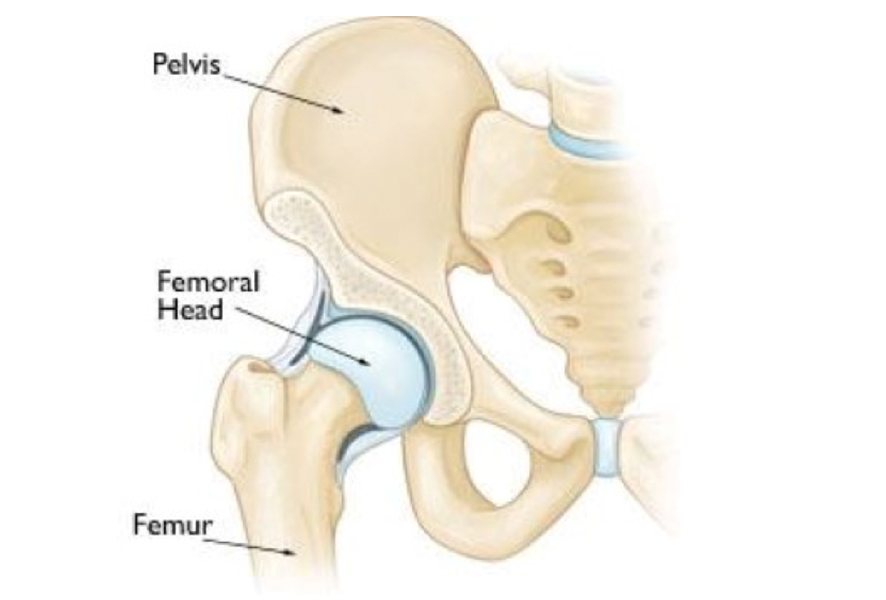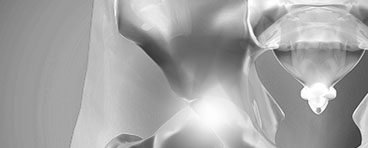Click on the links below to find out more
Hip- Avascular Necrosis/Osteonecrosis
OVERVIEW
Osteonecrosis of the hip is a painful condition that occurs when the blood supply to the bone is disrupted. As bone cells die without a blood supply, osteonecrosis can ultimately lead to destruction of the hip joint and arthritis. Osteonecrosis is also called avascular necrosis or aseptic necrosis. Although it can occur in any bone, osteonecrosis most often affects the hip. In many cases, both hips are affected by the disease.
ANATOMY
The hip is a ball-and-socket joint. The socket is formed by the acetabulum, which is part of the large pelvic bone. The ball is the femoral head, which is the upper end of the femur (thighbone).
A slippery tissue called articular cartilage covers the surface of the ball and the socket. It creates a smooth, low friction surface that helps the bones glide easily across each other.
Normally the blood supply to the head of the femur (ball) comes from small arteries and blood vessels from within the bone and the soft tissue around the hip. This blood supply is very fragile and can commonly be damaged by trauma or other conditions.
Condition
Avascular necrosis occurs when the blood supply to the bone is interrupted and the bone cells die. Over time this progresses and the bone collapses causing joint degeneration and eventually complete joint erosion and arthritis.

Healthy hip anatomy
Advanced Changes of Avascular Necrosis

Dr David Slattery
FRACS MBBS (Hons) LLB FAOrthA
Dr David Slattery is an orthopaedic surgeon based in Melbourne with over 10 years of experience, with a special focus on hip and knee joint preservation and replacement. With qualifications in both medicine and law, he brings a unique and comprehensive approach to patient care. His surgical techniques are minimally invasive and evidence-based, designed to reduce pain and enhance recovery.
Trained in leading institutions across Europe and the USA, Dr Slattery offers advanced treatments for a wide range of joint conditions. He is deeply committed to patient outcomes and takes pride in tailoring treatment plans to each individual. Whether you’re an athlete or seeking relief from chronic joint pain, his goal is to restore function and improve your quality of life.








